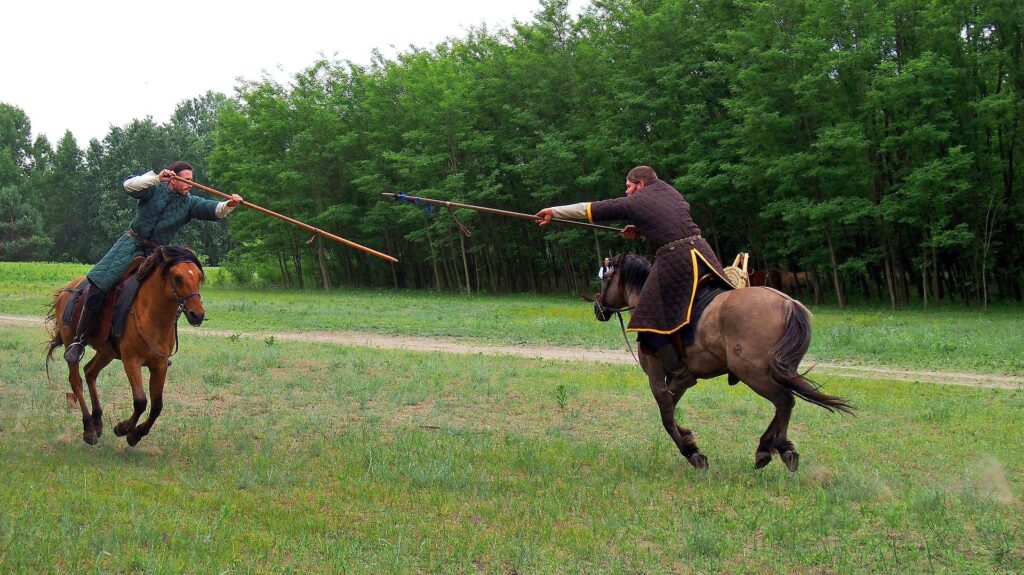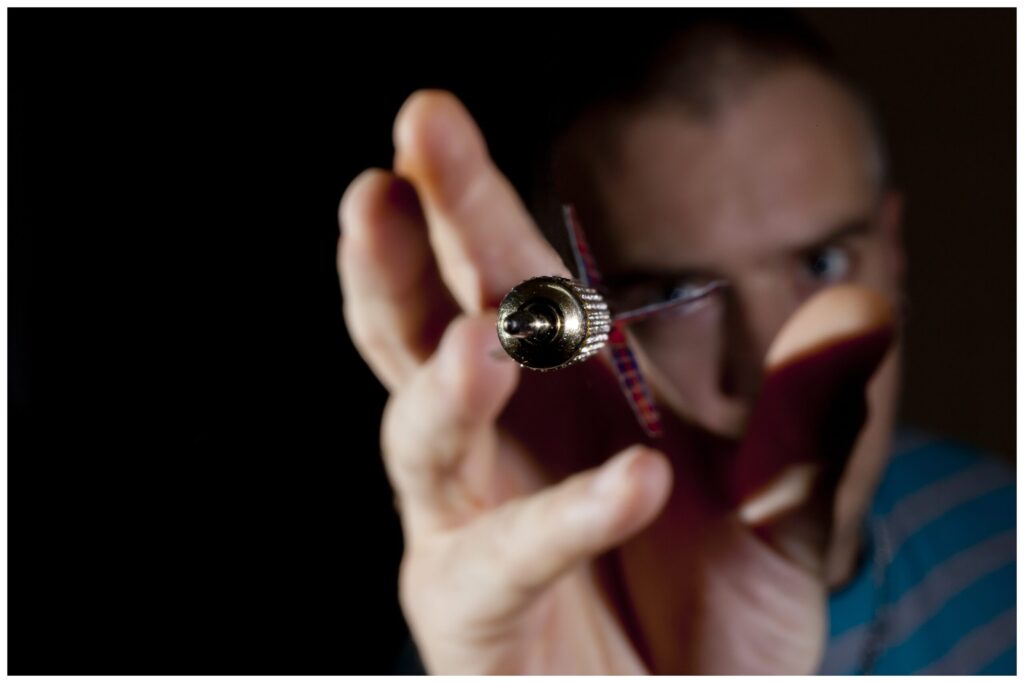Practice Pinpointing Your Coaching Corrections

Years ago I had the pleasure of riding in a boat with Canada’ Olympic rowing coach while he coached members of our Olympic team and some casual rowers like me. One of the most compelling things about this experience was how little he gave to each of his students yet how impactful some of those changes were.
He could look out at a newer rower and recognize that an imbalance in the position of their hands would be resolved if they simply changed the position on their seat. He gave small corrections to hand position, torso elevation, and timing of blade rotation (oars have blades too!) that made the top athletes sweat as these little adjustments sometimes transformed their stroke. It was pretty humbling and marvelous to watch.
Narrowing Down
Many of us in athletic coaching aspire to have that ability to look at someone’s performance of a technique and be able to zoom right in to the key shift that will help correct a problem or increase performance.
One of the most common challenges that a new student faces is not that they receive too little information to correct but that they receive too much. The experienced coach (or student) is able to identify the highest priority areas of examination. I call this the “1-2-3”. Where is the first place to look and where do you proceed from there?
Start with Goals
To be able to diagnose the mechanical or tactical deficiency of a technique you need to first understand what the technique needs to accomplish. So lets apply the 1-2-3 there. In a downward cut, for example, what are the top 3 success criteria?
- Strikes its target.
- Is structured correctly to do damage (edge orientation, correct meeting point, etc).
- Covers the opponent’s most direct line of attack.
Your criteria may be different, and the context for the cut can affect this criteria as well, but the most important thing is to make sure you go in with a sense of goals (any goals) before attempting to correct.
Dig to the Foundation
Knowing the goal that is not being fully accomplished provides a focus for diagnostic. From there you can identify the 1-2-3 of correction:
If a cut isn’t hitting its target then you may want to look to the mechanics of footwork or aim:
- Are they aiming correctly? (Maybe they just don’t know where to strike.)
- Are they extending their arm correctly and following with their body?
- Are they afraid to hit? (Some people miss intentionally because they are afraid of hurting their training partner.)
If the cut isn’t slicing correctly across or through the target then you know to look to blade connection and body structure:
- Are they holding their sword correctly?
- Are they moving in the correct order (sword first)?
- Are their joints aligning correctly with their core?
If the sword isn’t protecting the attacker then you can look to their tactical choice (is this the correct cut to strike and provide protection?) or blade relationship (are they cutting in a way that can withstand an opponent’s attack?):
- Did they choose the correct cut?
- Are they moving in correct order? (Sword ahead of body.)
- Are they orienting their sword correctly to intercept an incoming blow?
One Thing At A Time
You’ll learn the most about coaching if you give one correction at a time. Not only is that much easier for your student to absorb and work on, it also gives you a much more precise sense of what works and what doesn’t (at least in that specific situation). It’s all a scientific study where you’re asking the question (for each specific case):
- Does this correction have a meaningful impact on the success of the goal?
- Does this order of correction give the best results?
By going in with a hypothesis and then attacking it one test at a time you will gradually gather more of your own data about which corrections work best in which situations.
What makes an expert coach is that they have a strong sense of the goals of given techniques and they have made lots of attempts to pinpoint key areas and give focused corrections.
Prepare Yourself In Advance
If you’re a teacher, before your next class go through your exercises and write down the goals of the techniques you’re teaching and then do some thinking about the most common reasons for failure and how you might pinpoint them 1-2-3.
If you’re not a teacher, use this method on yourself and your own practice. Afterall, truly your only teacher is you, everyone else is just a coach.




Responses